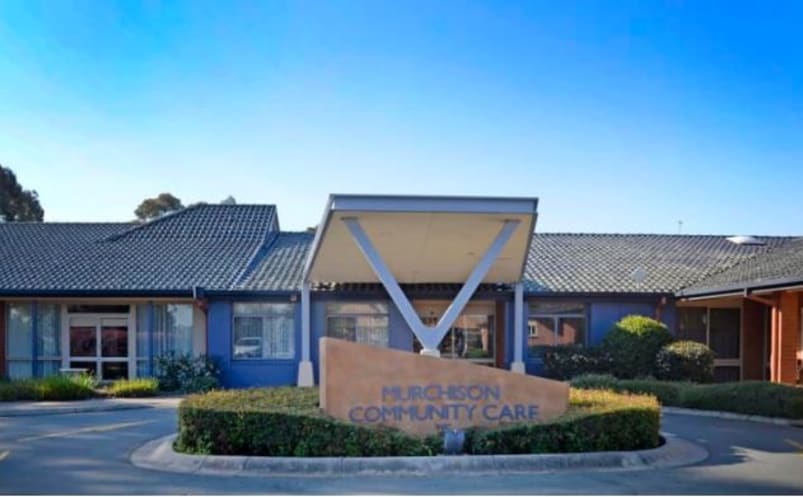Operators have expressed concern the Government’s new $50 million aged care Business Improvement Fund (BIF) will hit the mark, saying the package is not enough – and a new funding model is more urgently needed.
The calls come as the 40-bed DP Jones aged care home in Murchison (pictured above), 167km from Melbourne, became the latest casualty of the financial crisis facing the sector, closing its doors after two rounds of expressions of interest failed to net a serious buyer.
The administrator, Richard Cauchi of SV Partners says while there had been some interest from other providers in the facility – which is the biggest employer in the town of around 1,000 people – none had offered the funds needed to deliver the capital needed to invest in the ageing facility.
This was despite the Federal Government funding a second round of expressions of interest in December after the initial one in October in a bid to keep the facility open.
Richard said while the home was well-run, it has always run below capacity with residents’ RADs going towards operational issues – rather than upgrading facilities.
He is unsure whether the BIF would have made a different to DP Jones’ fortunes.
“I’m not sure it would extend that far,” he said. “It requires either a substantial input of money from an operator or from a third party.”
Concerns about meeting criteria for Government grants
Other smaller operators facing financial trouble tell us they are managing to keep their heads above water, but only because of careful operational and IT management – one of the areas for which the BIF is designed to be utilised.
Lee Martin, the CEO and Director of Care at the 120-bed Not For Profit Tanunda Lutheran Home in SA says despite collecting above the average ACFI (around $185 a day) and averaging 97 to 98% occupancy, his facility has only made a profit once in the last 10 years because of the money they invest in clinical care (4.8 hours a day compared to the average of 3.2 to 3.4) and staffing (75 to 80% on 200 employees)
“The only reason we made a surplus in 2019 was because of the 9.5% provided by the Government. Without that, we would have been unsustainable.”
Lee says they are currently coping, but he puts this down to a rigorous review of their operational processes two-and-a-half years ago that saw computers upgraded and made rosters, work, health and safety, and energy costs more efficient.
He is interested by the new grants, but questions how many providers will be eligible.
“Not everybody will get access to such a small amount of money,” he said, adding because of their size, they do not often qualify for grants.
Paul Gregory, the CEO of the Not For Profit Pyramid Residential Care in Gordonvale south of Cairns, says he was alerted to the new funding by the Minister’s office last week.
Pyramid had already been put in contact with the PwC – which offers advice to aged care providers concerned about their viability – after they ran into difficulties following an audit in August 2019 that found significant non-compliance against the new Aged Care Quality Standards.
They had spent millions in recent years upgrading their facility, but the costs of meeting the Department’s requirements for clinical care consultants and advisers and making their electronic care platform – purchased 12 months earlier – meet staff needs have had a significant impact.
“Our really long-term strategic goal is to provide more beds but now our goal is to just remain functioning for the next 12 months even though we are burning through our retained capital surpluses at an alarming rate,” Paul said.
“We’re waiting to see what comes out of the Royal Commission and how the Government jumps.”
Paul says they will also look at the new grants, but again he wants the Government to look at the bigger picture.
“One of the things that has to come out is a funding model that’s actually fit for purpose. We have two thirds of regional facilities now operating at a loss. We can’t charge the large bond that metro facilities do and 1% interest [on a smaller RAD] in the bank is nothing. It’s gone out of the model and that leaves a hole.”
Good point. The Commissioners have promised to overhaul the system – that should include the way it is funded.
They are not due to report until November however – will change come soon enough for providers?










